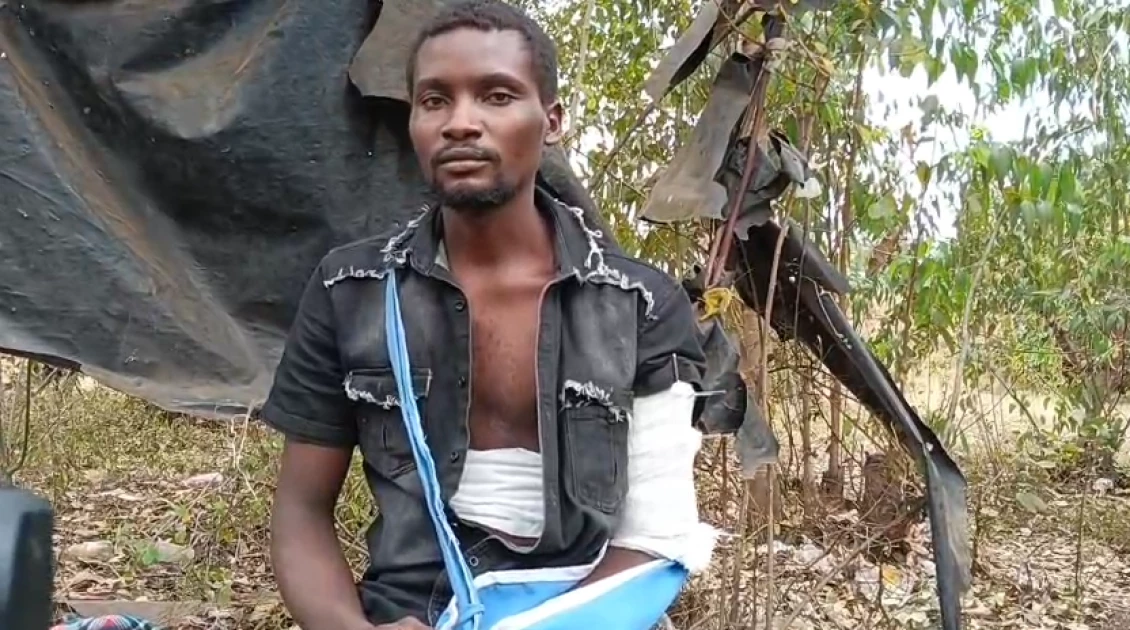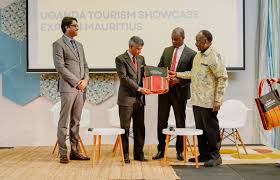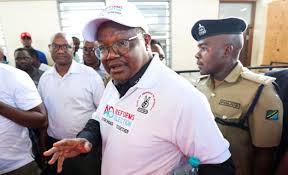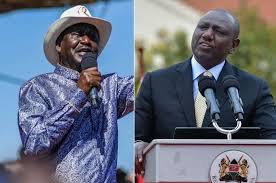On July 7, 2025, as Kenya marked the anniversary of the Saba Saba movement—a day of commemoration for democratic reforms—a deadly aftermath unfolded in Kirinyaga’s Mwea region. For 24-year-old Douglas Kamau of Rukanga Village, the day nearly proved fatal when a bullet, allegedly fired by a police officer from Makutano Police Station, struck his arm and ribs during the chaos that engulfed the area.
Kamau insists he was not protesting, but was nonetheless caught in the violence that claimed several lives.
Kamau spent a month hospitalized at a private facility in Mutithi, bravely removing the bullet himself three days after being shot. As he continues his painful recovery, he confronts not only physical scars but also the trauma of losing his friend, 41-year-old James Muriithi, who succumbed to a gunshot wound to the stomach from the same series of incidents.
Muriithi, a local cabbage vendor, was shot while running an errand at Makutano market. Postmortem reports confirmed he died from internal bleeding caused by the bullet.
The Kamau and Muriithi families—joined by community members—have struggled against bureaucratic stonewalling. Requests for police Occurrence Book (OB) numbers at Makutano Police Station were repeatedly denied until intervention from the Independent Policing Oversight Authority (IPOA) forced the station to release an OB number posthumously for Muriithi.
Kamau and another survivor still lack official OB numbers, jeopardizing their eligibility for compensation from the team President William Ruto promised to establish for protest victims.
The tragedy extends beyond Kamau and Muriithi. Across Kirinyaga, at least five people, including young bystanders Peter Macharia (21) and Edwin Murimi (25), were fatally shot—often while performing mundane tasks unconnected to the protests. Multiple postmortem exams have substantiated the cause of death as gunshot wounds, usually attributed to police.
Families have condemned the “unjustified use of force” and are demanding answers as well as accountability from authorities. Despite public promises, many continue to wait for justice and meaningful support.
Kamau’s life has changed irreversibly; unable to work at his job in a local milk factory, he depends on well-wishers for daily survival. The broader community, still mourning their dead, rallies for comprehensive investigations, government accountability, and compensation—insisting that innocent lives lost or shattered during Saba Saba cannot be dismissed as collateral damage.
This wave of protest-related brutality is part of a disturbing trend in Kenya, where state responses to demonstrations have resulted in significant civilian casualties, even among non-protesters. Human rights organizations echo calls for independent inquiries, transparent reporting, and police reform, aiming to end cycles of violence and impunity.
The resilience of survivors like Kamau, and the tenacity of grieving families, ensure that the push for justice in Mwea and beyond will not quietly fade



